The most important mission of current and future generations is to make the shift that disentangles economic development from environmental degradation, to create a future that is in harmony with nature.
Earth’s ecosystems have evolved for millions of years, resulting in diverse and complex biological communities living in balance with their environment (WWF Living Planet Report, 2016). Since the 16th century, human activity has impacted nature in practically every part of the world, wild plants and animals are at risk of extinction, deforestation and land degradation are causing water scarcity and erosion, and climate change leads to acidification of oceans. In countries like Bangladesh and India, for example, the clearing of forests causes deadly floods during the monsoon season. To bring the natural system into balance, a new economy that is sustainable and respects the limits of natural resources and the functions of ecosystems is fundamental. This requires a shift in how we value, use and dispose of resources, creating a circular system, as in nature.
Urban planning would benefit tremendously if it recognised the connection between cities and their natural surroundings. Most of us do not realise that what we use is directly related to the natural balance on the planet. Almost all consumer goods contain minerals and metals: a mobile phone can contain 50 different materials, but no country is self-sufficient in these materials and all too often this global trade comes with an environmental and social cost. A growing use of synthetic fertilizer to increase food production now sustains about half of the world’s population but also causes pollution of air, water, and soils, and fossil fuels provide energy to many but only at the cost of rising atmospheric CO2 concentrations and global warming (WWF Living Planet Report, 2016).
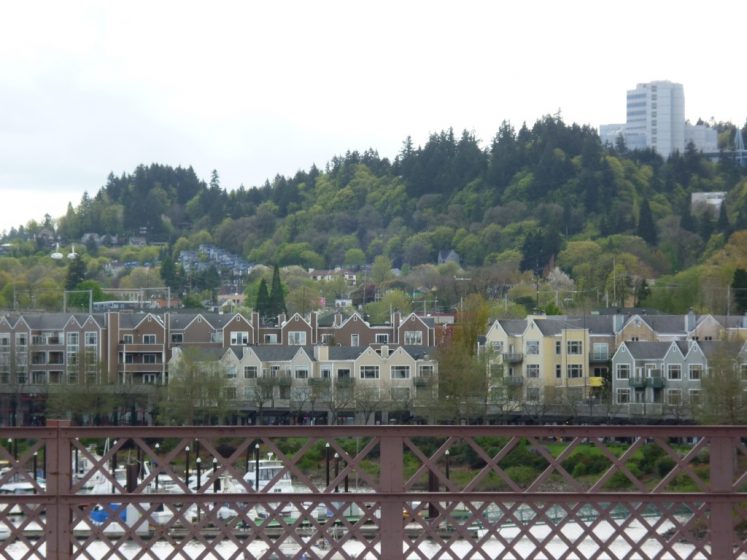
Earth Overshoot Day, a concept developed by the Global Footprint Network, calculates when the people on Earth have consumed the globe’s renewable resources for the year. This day falls earlier and earlier every year. In 2017 it was on the 2nd of August, whereas 15 years earlier, it was on the 19th of September. This shows the incredible speed at which we are using natural resources, such as air, water, fish stocks and food crops, minerals and other valuable materials extracted from the earth. The natural capital of the planet is limited, and a better understanding of the connections between people and nature can help to restore the balance.
The circle of life
Ecosystems consist of living organisms interacting with the non-living elements in their environment, such as soil, atmosphere, water, and heat and sunlight, in ways that are essential for their survival. We all know that trees produce the oxygen we breathe, but most of us do not know that our oceans are at least as important for producing healthy air. Another example is that over 500 plant species rely on bats to pollinate their flowers, including species of mango, banana, and cocoa. Like birds, some bats play a critical role in spreading the seeds of trees and other plants and also help to reduce the number of mosquitos (Bat Conservation Trust).
Alexander Von Humboldt, the 18th-century scientist and explorer, world famous in his time, was the first to explain the fundamental functions of the forest for the ecosystem and climate, claiming that the world is a single interconnected organism. This is the concept of nature as we know it today. According to Von Humboldt, everything, to the smallest creature, has its role and together makes the whole, in which humankind is just one small part (Andrea Wulf, 2015).
What if we would celebrate nature, the way we celebrate Christmas around the world? Planting trees and visiting seeds markets and natural history museums, gazing at the stars, exploring nature areas near and far from our home, bringing light to rivers, oceans and mountains, and celebrating natural diversity, instead of buying presents that end up in full cupboards and drawers, shipping the most exotic food around the world and extracting valuable resources from the earth.
As Stephanie Pincetl, explained in her essay ”Inhabiting a Post-Urban Twenty-First Century”: earth resources are treated as inputs, not assets with which humans are not engaged and responsible for, thus ensuring on-going existence of both the resource and human well-being. Currently, the environment is an abstraction, not a living, reacting, and creating life force with which we are in a co-productive relationship.
Contrary to what Milton Friedman (1962) believed, ecological values are not finding their place in the market, which explains why they are vastly underrated and exploited. Even more, the economic system is failing to value our natural and social capital. Sixteen percent of the US Forest Service budget used to be for fire suppression, now it is 50 percent. Instead of proactively managing the forests to reduce the risk of fire, the Forest Service has to use funds meant for other purposes, such as restoration to control blazes. Another example is that there is no bailing out of home owners who are facing a growing number of climate-related flooding events. Eighty percent of the home owners in Houston, who were affected by Hurricane Harvey, had no insurance.
If we look at food production, healthy soil is critical, not only for water and food crops, but also to clean and store water, support biodiversity, and regulation of climate. If we think of the web of life, soil perfectly demonstrates the interconnectedness of nature. Organic matter in soil, such as decomposing plant and animal residues, stores more carbon than do plants and the atmosphere combined (Stanford Earth School). It is hard to imagine that a single teaspoon of healthy soil can contain more organisms (e.g., bacteria and fungi) than there are people on the planet (United States Department of Agriculture), a foundation of life (Oregon State University). Better soil management can solve a lot of today’s challenges, even though there is hardly any attention given to it in landscape management and agriculture.
There is a lot of potential in getting a better understanding of these regenerative natural processes to learn how to design a more sustainable society and future-proof business models. There are a variety of ways to stimulate this learning, ranging from early childhood experience of nature, integrated natural resource management, bringing nature to schoolyards and in education programmes and the use of one of the most powerful engines of change of this century: social media.
Can nature make the headlines?
The International Union for the Conservation of Nature’s Red List has assessed around 85,000 species of which almost 25,000 face extinction. According to the WWF Living Planet Report 2016, loss and degradation of habitat and climate change are the main threats for the loss of species. As the rate of extinction is going at a faster speed than ever before, understanding the reasons for the decline of animal and plant species is essential to protect them and the future of human life.
On 26 September 2016, the last Rabbs’ fringe-limbed treefrog died in the Atlanta Botanical Garden. His name was Toughie. The species lived in Panama before it became extinct in the wild as a result of habitat destruction and the amphibian disease, chytrid fungus. The Guardian wrote an interesting article last year that highlighted how the extinction of a frog species gets little attention in the media. If this single frog species is looked at in the context of declining amphibian populations and the mass extinction crisis described by researchers in 2015 in a paper lead by Mark Williams from the University of Leicester, called “The Anthropocene biosphere” many more species could become the last of their kind due to human actions. If frogs do not make headlines, one could wonder about other species, for example lions admired by all, shown in children’s books and movies, and show-stoppers in the zoo. However, what most people do not know is that in the wild, the lion population declined by approximately 43 percent between 1993 and 2014 (IUCN Red List).
As humans and nature are inextricably coupled, and people depend on the plants, animals and microorganisms that supply important ecosystem services, it is really important to find ways to reach the minds and hearts of all people and to create a better understanding of nature and what loss of biodiversity means.
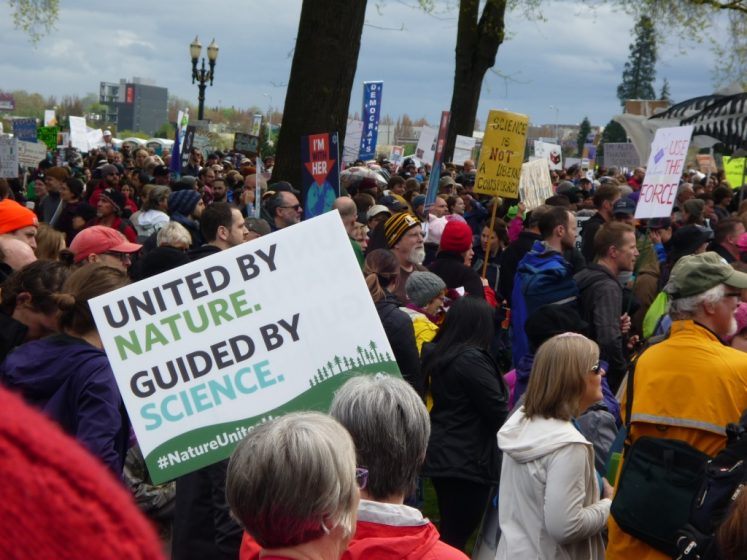
It is clear that science alone will not do the trick. What is promising though is the revelation of processes that influence policy through internet and social media. It has a power that is stronger than ever, bringing out into the open what remained hidden for a long time and facilitating analysis of data, interactions and flows of information in a mind-boggling way.
The WWF Living Planet Report 2016 presents an example of an integrated landscape approach to help reconcile competing objectives of economic development and environmental sustainability. Lake Naivasha is Kenya’s second largest freshwater body which supports a large horticulture industry, representing about 70 percent of Kenya’s cut-flower exports as well as a fishing industry, a growing tourism and holiday homes sector, and dairy and beef industries. The lake is home to a growing human population and is recognized for its rich biodiversity. A severe drought in 2009 was a wake-up call to develop an integrated approach to natural resource management. Formerly antagonistic stakeholders came together to develop a common vision for the Lake Naivasha basin, and this process was supported by political commitment. This lead to an action plan that included a payment for environmental services scheme in which stakeholders in the lower reaches of the catchments offer small incentive payments to upstream smallholders for carrying out good land-use practices.
Another inspiring example is that Paris is transforming school playgrounds into green public spaces as part of the cities’ resilience strategy. The first step consists of taking out the concrete and the asphalt, using more sustainable materials, greenery, and water in the schoolyards and using them as an educational programme for children about climate change. The second step is to open 600,000 square metres of schoolyards to the public.
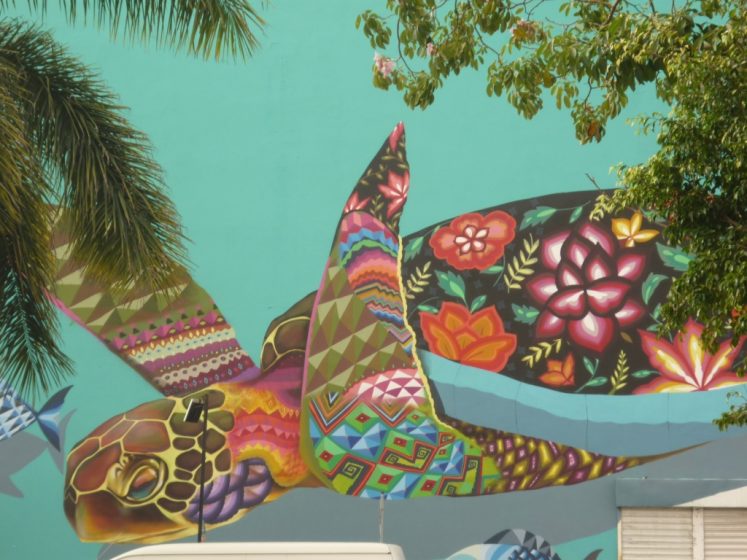
In May 2015, WWF-Hong Kong launched a project to discover biodiversity in Hong Kong wetlands. With the help of many experts and volunteer citizen scientists, the number of plant and animal species recorded in this area rose to over 2,050. This project has helped raise awareness of biodiversity among the public in one of the world’s most urbanized areas and biodiversity hotspots and helps with the future management of the area. The project was funded by HSBC, who have been funding WWF’s wetland conservation work since 1999, in the belief that economic development should be underpinned by the health of the world’s ecosystem and resources.
An example that demonstrates how nature can become part of the life of urban citizens is the Island Bay Marine Education Centre in Wellington, New Zealand. The city is located on a peninsula and has a marine reserve along its beach, 6 kilometres from the city centre. The reserve brings nature into close proximity of citizens and many, including the mayor, speak passionately about the connections with nature and protecting the sea and marine environment (Beatley, 2014).
How can each and every one of us help shift the balance?
In a time when we often see that scientific disciplines become more specialized, the lessons from Alexander Von Humboldt to understanding nature in a holistic way are as relevant today as they were back in the 19th century.
Restoring the natural cycle and ecological functions of soil, water and nutrients are key, as well as new ways to measure development beyond GDP, capturing the value of nature. How does this link to the world’s cities?
To make a transition toward an economic model that is in balance with nature requires solid knowledge and understanding of the linkages between environmental wellbeing and quality of urban life, economic development, climate change, as well as continuous monitoring of biodiversity and ecosystems and their services at all levels, within and around cities.
The extensive green spaces found in many cities are often part of an integrated network that links them to forests and other natural ecosystems far outside the city. To ensure this interconnectivity at the governance level, local authorities have a lot to win when they pursue the protection and management of natural resources and landscape planning, creating multiple benefits for citizens.
The City Parks Alliance in the U.S. is a wonderful nationwide initiative that shows there is a growing interest among city leaders to invest in creating space for nature in urban areas for health, economic reasons and the environment.
For urban planners and decision makers it is essential to work across disciplines and city departments to find common ground to integrate nature-based solutions in urban planning, design and development. This starts by creating a better understanding of the natural assets.
Interesting examples, such as a Corporate Natural Capital Account, developed by The London Borough of Barnet, provide evidence to quantify the economic, social and environmental benefits of its green infrastructure assets. This account shows the enormous value of parks and open spaces for the wellbeing of the residents. The total value of these benefits is estimated at more than £1 billion over the next 25 years, with the costs of maintaining them estimated at £72 million.
Ecosystem services need to be taken into account in planning and development processes. Creating ways for urban citizens to understand their connections with the natural surroundings, such as education centers, trails, spaces for recreation, school projects, maps of parks and biodiversity, increases their appreciation and willingness to become stewards of nature in and around their cities.
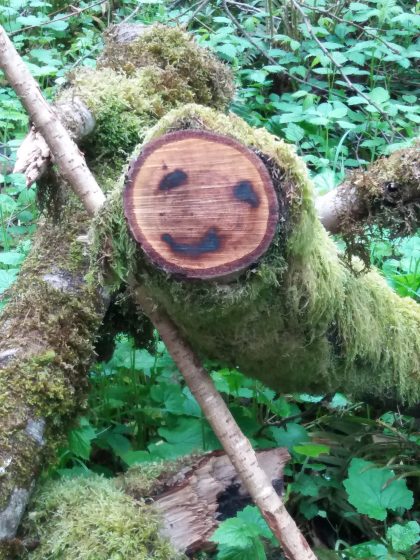
Solutions that combine ecology and economy, and innovative business models that create value based on the potential of circular systems, inspired by nature, are key for restoring the balance. This includes the restoration of damaged ecosystems and ecosystem services, halting the loss of priority habitats and significantly expanding the global protected areas network.
The most important mission of current and future generations is to make the shift that disentangles economic development from environmental degradation, to create a future that is in harmony with nature. Cities are excellent places to create this change, as they are full of innovative ideas, business opportunities, and creative minds. We need to become stewards of the planet, and as most of the examples above show, when we are able to bring back the motivation and imagination to protect and restore the wondrous connectivity of our natural world a lot of opportunities arise.
Chantal van Ham
Brussels
References
Beatley, Timothy, 2014, Blue Urbanism: exploring connections between cities and oceans
Earth Overshoot Day, Ecological Footprint Network, https://www.overshootday.org/
Milton Friedman 1962, Capitalism and Freedom, University of Chicago Press
Andrea Wulf, 2015, The Invention of Nature: Alexander von Humboldt’s New World https://www.nytimes.com/2015/09/27/books/review/the-invention-of-nature-by-andrea-wulf.html
WWF Living Planet Report, 2016 http://wwf.panda.org/about_our_earth/all_publications/lpr_2016/


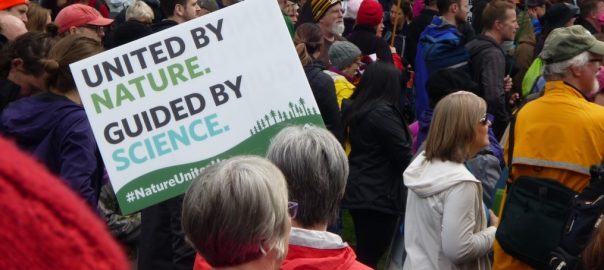
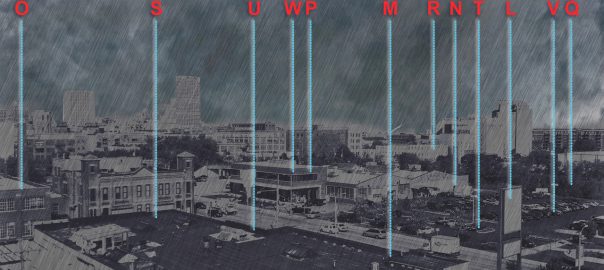
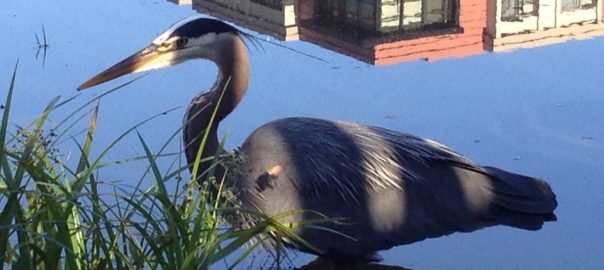
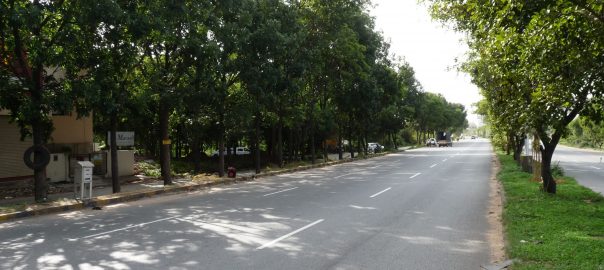
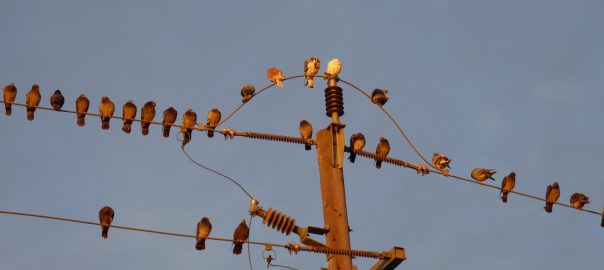
Leave a Reply